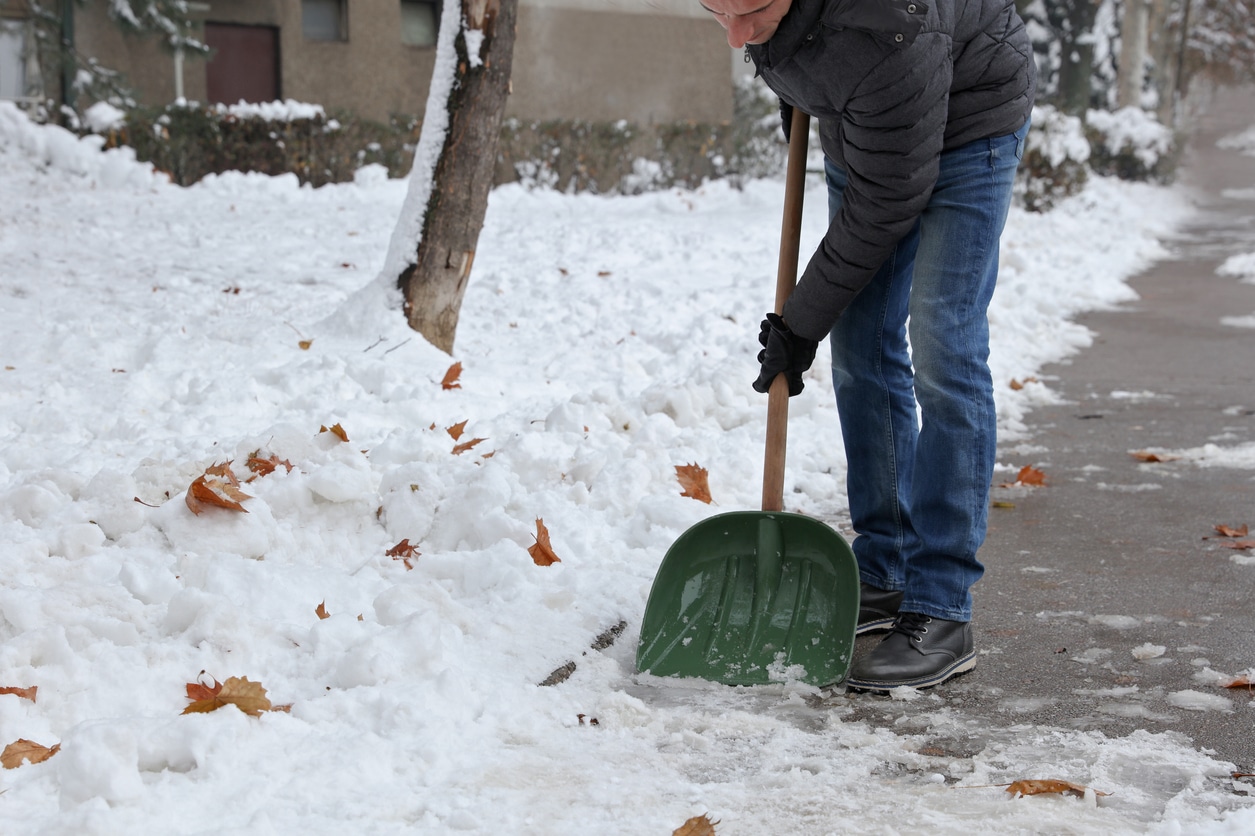The official start of the winter season may still be a month away, but some parts of the United States have already seen their first snowfall. A crisp white landscape is a beautiful sight to see, but snow and ice can make traveling treacherous.
The National Safety Council reports that nearly 7 million Americans received treatment in an emergency room in 2019 for injuries related to falling.
Many cities and municipalities in the United States must contend with winter weather sometime during the year. How these jurisdictions handle snow and ice removal from sidewalks is as varied as the towns.
The Need for Effective Sidewalk Clearing Strategies
Pedestrians continue using sidewalks even when winter weather strikes. Some individuals do not have a vehicle and must travel by foot, no matter the weather. Others may use a car but must still use a sidewalk or walkway to reach the door of their destination.
Without snow and ice control measures, a city’s inhabitants would be at a significantly increased risk of severe injuries during the winter months. According to the Centers for Disease Control and Prevention, falls are the leading cause of traumatic brain injuries in the United States.
Cities Cannot Clear All Sidewalks Themselves
No matter the size of the city, no municipality has the workforce necessary to clear all of its sidewalks and walkways alone. The cost of equipping and employing such a workforce would be massive. Instead, cities and towns may use a combination of tactics to remove snow and ice from public sidewalks.
Let Mother Nature Help with Removal
In warmer climates, snow that falls overnight may be gone early the next afternoon if temperatures sufficiently rise. In these locations, the city may allow the heat and sun of the day to control most of the snow and ice that may accumulate on walkways.
This tactic will not succeed in areas where temperatures remain below freezing for prolonged periods and accompany snow and ice. Similarly, cities with significant snow and ice accumulation cannot wait for those accumulations to melt.
Compel Citizens and Proprietors to Help
Another strategy some jurisdictions employ to control snow and ice is to require private property owners to remove snow and ice from sidewalks adjacent to their property.
A city ordinance typically sets out such a requirement. It gives property owners a certain amount of time to remove snow and ice accumulation from sidewalks in front of their property after a weather event.
Such ordinances also impose fines on property owners who do not quickly remove snow and ice from their properties. All property owners are responsible for the cost they incur in removing snow and ice.
Use City Workers and Equipment
The final method of controlling snow and ice accumulation is for the city to use its equipment and employees to clear away these hazards. Cities with snow removal ordinances for private property owners will typically have their workers and equipment clear sidewalks adjacent to public property and buildings.
Pedestrians Must Exercise Caution as Well During the Winter Months
No matter the strategies employed by your city or town, you should still exercise caution when traveling on foot this winter. No snow removal strategy is 100 percent effective, and snow and ice can remain a hazard even after the area has been cleared or treated.
By wearing appropriate footwear, taking your time when walking, and avoiding areas of evident snow and ice accumulation, you may avoid suffering injuries in a fall.
For more information, see our benchmarking report or contact us.








Leave A Comment